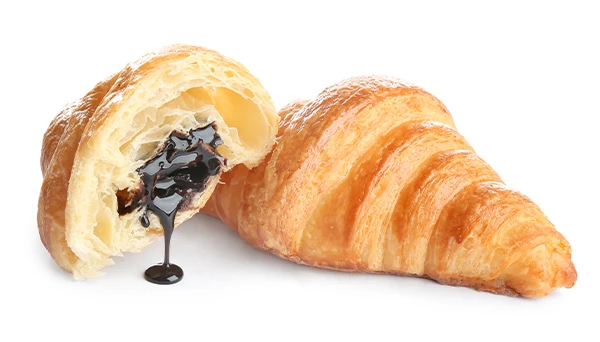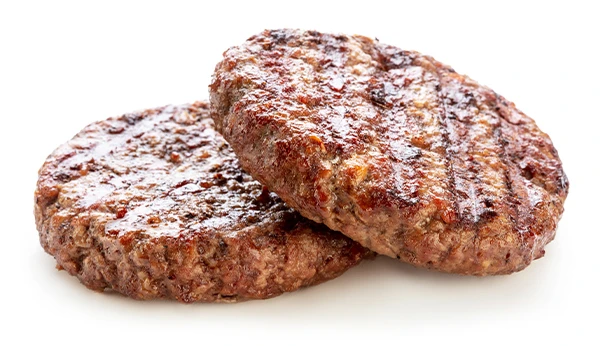The Technology Behind EPG

EPG is a patented alternative fat designed to meet one of the biggest challenges in food formulation: how to reduce calories from fat and saturated fat without sacrificing taste, texture, or functionality.
Made from traditional non-GMO oil, EPG retains the molecular structure of a triglyceride, but is engineered so that fewer calories are absorbed by the body. The result is a fat that functions like traditional fats in food systems—providing structure, mouthfeel, lubricity, and thermal stability—while reducing 92% of the calories from fat and saturated fat.
Clean-Label and Consumer-Friendly
EPG is made from commonly recognized ingredients and is GMO-free, allergen-free, trans-fat free, gluten-free, vegan, and kosher and halal certified. On labels, it appears as “modified plant-based oil (EPG)” or “modified vegetable oil (EPG).”


Performance and Versatility
EPG is heat-stable, freeze-thaw stable, and compatible with both fat and water-based systems. It requires no additional masking or compensatory ingredients, simplifying formulation. It has been validated across dozens of food categories—from confections and snacks to frozen treats and plant-based foods.
Safety and Regulatory Status
EPG has fully affirmed GRAS (Generally Recognized As Safe) status and has been reviewed by the FDA. EPG does not block the absorption of fat-soluble vitamins or cause digestive side effects. It passes through the digestive system, as an inert material, and offers a safe, proven option for fat reduction.

